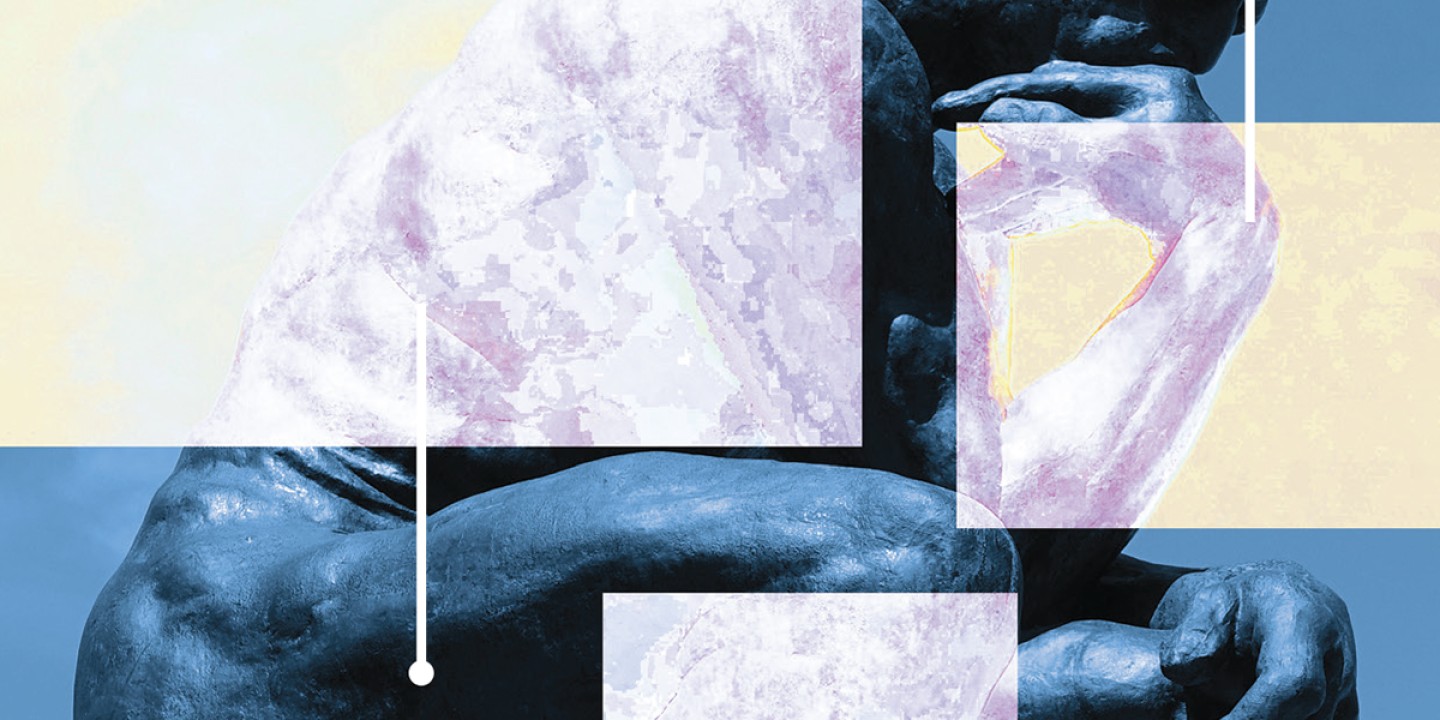The skin of Christ
The church is a body: scarred and punctured but feeling its way through the world.

Iam more than a little obsessed with bodies and their limits and possibilities. Maybe it’s because my own body gives me so much trouble. (I have complex Crohn’s disease and live with the aftereffects of extensive bowel surgery.) Maybe it’s because I think Ludwig Wittgenstein was onto something when he said, “The human body is the best picture of the human soul.”
Or perhaps it’s because I believe that the picture of the church as a body remains the most striking, beautiful, and challenging vision we possess. It captures the cost and the promise of staying within an institution that sometimes feels less than lively, less than hopeful: as with a human body, in the body of Christ there are many parts or members; as with any body, the body of Christ can be experienced as a theater for great joy but also pain and loss. Bodies keep us honest: they tie us to fragility but also remind us of the glory of being alive.
Read our latest issue or browse back issues.
Paul famously introduces the body of Christ metaphor in 1 Corinthians 12. He suggests that in one individual body there are many members or parts. What is true for the individual body is true also for the body of Christ. “Which part or parts am I?” any of us might ask. I suspect many of us would be drawn to be the rather more glamorous or noteworthy parts—brain, heart, lungs, limbs, fingers. Some might even want to be the guts. I’m a vain sort of person. There is something appealing for a person like me to want to be heart or brains.
I wonder if more of us should want to be skin. Indeed, I want to write in praise of skin. Skin, that remarkable organ, so readily ignored as an organ until it is damaged. It is permeable. It is necessary. Destroy too much of one’s body’s store of it and one cannot live. It both provides a barrier between the inner workings of the body and the wider world and offers a profound means for relationship. It is how we touch the world and how it meets us.
Its haptic possibilities are manifold: blessing, destruction, tenderness. It is a key way the body breathes and regulates temperature, allowing moisture to escape from our bodily system; this regulation happens without our conscious thought. We give off heat and life and salt. Through our skin’s nerve endings we feel the cold; we feel the bleak possibilities of winter encroach and close in, and through it we sense also the opening out of the world’s possibilities through sex and pleasure, athletic prowess, and so on. In the bright sunshine of a March day, one feels the fresh possibilities of spring begin to open out.
Skin matters. I do not need to explain to US readers how skin is politicized and coded. Different shades of skin are—consciously or unconsciously—assigned value. When I lived in Jamaica nearly 30 years ago, there was, in the professions, a profound cultural bias toward Whiteness: the darker one’s skin, the less likely one was to be employed in a bank or other middle-class settings. Indeed, the colorism that favors lighter skin has been, for some non-White models, actors, and singers, a route into wider cultural success and acceptance.
Meanwhile, the sex industry is sometimes referred to as the skin trade. The word skin holds within it a complex, fascinating, and sometimes troubling range of significations.
Our skin holds all of the stories that we shall ever have, in this life anyway: our scars and wounds and our triumphs and joys too. Poet Janet Morley observes that the bodies of grown-ups come with scars and stretch marks. Life requires that skin lose the downy perfections of infancy and be tested and broken by the troubles and possibilities of living. Those who are tempted to hide behind makeup or plastic surgery can only partially disguise the aging of their skin. There is a kind of withering that cannot be disguised. And then, as one enters one’s twilight, skin can create the appearance of being so thin it seems translucent. One’s skin may become covered in liver spots, which a friend of mine calls “hepatic camouflage.”
Our skin tells the tales of our loves and losses, the nature and shape of our work, and the way—the often sinful way—society encodes who it says we are. Our skin opens us to the possibilities of blessing and the terrible facts of the violence held within our species. It is a place of puncturing and wounding. We are punctured and pierced, as God is punctured and pierced. He is punctured for our transgressions. We are so often punctured by the transgressions of a structurally sinful world.
We read in the Bible that we are members of one body. Let us dare to want to be God’s skin, ready to be pierced for the sake of hypocrites and fools, ready to be an open border for grace, ready to bless one another and more: to live and die and live again for a ruinous world. We are many and, as one body, we dream. The world is old and weary. Fires burn and floods wash away story and hope.
And perhaps we are no longer young, and we look around us and pray that someone else, anyone, will have sufficient energy to take care of the work of loving and raging, the holding fast, and the practice of hospitality and blessing: to dare to be God’s body punctured for the world, to expose that world for its violence and cruelty, and to call it into another way of life.







